Home>Furniture & Design>Bedroom Furniture>How Long Does A Memory Foam Mattress Topper Last
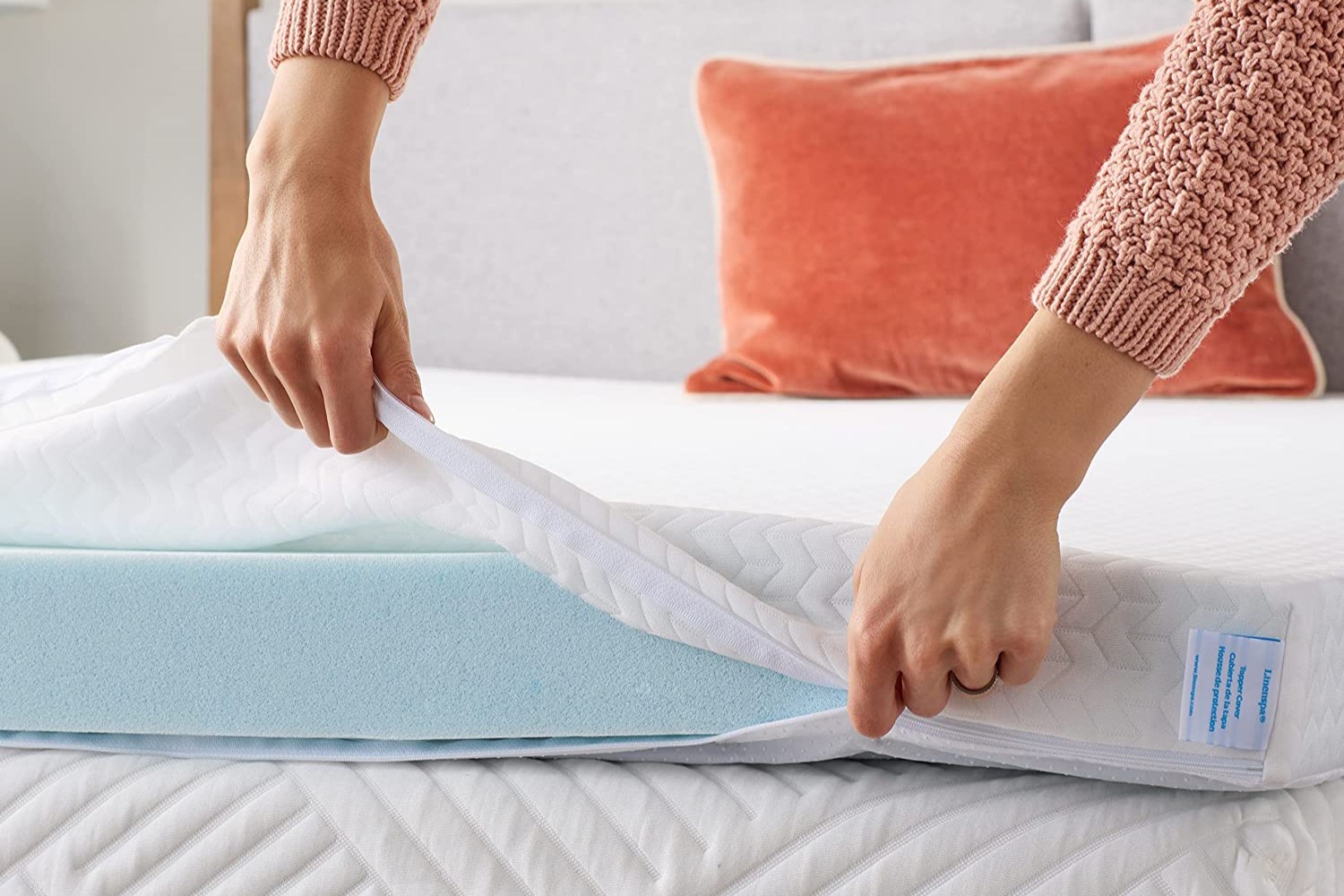

Bedroom Furniture
How Long Does A Memory Foam Mattress Topper Last
Modified: February 18, 2024
Discover the longevity of memory foam mattress toppers in our comprehensive guide. Find out how long they last and make an informed decision for your bedroom furniture and design.
(Many of the links in this article redirect to a specific reviewed product. Your purchase of these products through affiliate links helps to generate commission for Storables.com, at no extra cost. Learn more)
Introduction
Read more: How Long Does A Memory Foam Mattress Last
Introduction
Welcome to the world of luxurious comfort and restful sleep! If you’ve invested in a memory foam mattress topper, you’re likely already familiar with the blissful support and pressure relief it provides. However, like all good things, the lifespan of a memory foam mattress topper is not indefinite. Understanding how long a memory foam mattress topper lasts and the factors that influence its longevity is essential for maintaining a comfortable and supportive sleep surface.
In this article, we’ll delve into the various factors that can affect the lifespan of a memory foam mattress topper, provide insights into recognizing when it’s time for a replacement, and offer valuable tips for extending its durability. By the end, you’ll be equipped with the knowledge to make the most of your memory foam mattress topper, ensuring that you continue to enjoy restful and rejuvenating sleep for years to come.
Factors Affecting the Lifespan of Memory Foam Mattress Toppers
Key Takeaways:
- Memory foam mattress toppers last longer with proper care, like using a protective cover, rotating regularly, and gentle cleaning. This helps maintain comfort and support for a cozy sleep.
- Look out for signs like visible sagging, decreased comfort, and wear and tear to know when it’s time to replace your memory foam mattress topper. Taking care of it can extend its lifespan for years of restful sleep.
Factors Affecting the Lifespan of Memory Foam Mattress Toppers
When it comes to the longevity of a memory foam mattress topper, several key factors play a significant role in determining how long it will provide optimal comfort and support. Understanding these factors can help you make informed decisions about caring for your mattress topper and knowing when it might be time for a replacement.
1. Quality of Materials
The quality of the materials used in the construction of a memory foam mattress topper is a primary determinant of its lifespan. High-density memory foam toppers tend to be more durable and resilient compared to lower-density alternatives. Additionally, the presence of additional layers, such as cooling gels or breathable fabrics, can impact the overall longevity and performance of the topper.
2. Usage and Weight Distribution
The frequency and manner in which the mattress topper is used can significantly affect its lifespan. Constant pressure and weight exerted on the topper, especially in specific areas, can lead to premature wear and compression. Factors such as body weight, sleeping positions, and movement during sleep all contribute to the wear and tear experienced by the topper over time.
Read more: What Is A Memory Foam Mattress Topper
3. Maintenance and Care
Proper maintenance and care routines can greatly influence the lifespan of a memory foam mattress topper. Regularly rotating and flipping the topper can help distribute the wear more evenly, preventing indentations and sagging in particular areas. Additionally, using a mattress protector can safeguard the topper from spills, stains, and moisture, thereby extending its longevity.
4. Environmental Conditions
The environment in which the mattress topper is placed can impact its durability. Exposure to excessive heat, humidity, or direct sunlight can accelerate the breakdown of the materials, leading to a shortened lifespan. It’s essential to maintain a suitable sleep environment and protect the topper from potentially damaging conditions.
5. Quality of the Mattress Beneath
The condition and quality of the mattress on which the memory foam topper is placed can also influence its lifespan. An old or sagging mattress may not provide adequate support to the topper, leading to increased wear and reduced effectiveness over time.
By being mindful of these factors and taking proactive steps to address them, you can optimize the lifespan of your memory foam mattress topper, ensuring that it continues to deliver exceptional comfort and support for an extended period.
Signs that Your Memory Foam Mattress Topper Needs Replacement
Signs that Your Memory Foam Mattress Topper Needs Replacement
While memory foam mattress toppers are known for their durability, they are not immune to the effects of time and wear. Recognizing the signs that indicate the need for a replacement can help you maintain a supportive and comfortable sleep surface. Here are the key indicators that your memory foam mattress topper may need to be replaced:
Read more: How To Store A Memory Foam Mattress Topper
1. Visible Sagging or Indentations
Over time, the consistent pressure and weight placed on the mattress topper can lead to visible sagging or indentations, especially in areas that support the heaviest parts of the body. If you notice significant depressions or uneven surfaces that do not rebound to their original shape, it’s a clear indication that the topper has experienced substantial wear and may no longer provide adequate support.
2. Decreased Comfort and Support
If you find that your mattress topper is no longer delivering the same level of comfort and support as when it was new, it may be time to consider a replacement. Reduced cushioning, increased firmness, or a lack of responsiveness to your body’s contours are all signs of diminished performance that warrant attention.
3. Persistent Body Aches and Discomfort
Unexplained body aches, discomfort, or disrupted sleep patterns that coincide with the continued use of the memory foam mattress topper could indicate that it has surpassed its effective lifespan. As the topper loses its ability to cushion and support the body, it can contribute to discomfort and musculoskeletal issues during sleep.
4. Noticeable Wear and Tear
Physical signs of wear and tear, such as fraying fabric, visible tears, or the presence of lumps and bumps, are clear indications that the mattress topper has undergone significant use and may no longer provide the intended benefits. These visual cues are often accompanied by a decline in overall performance.
Read more: How To Choose A Memory Foam Mattress Topper
5. Persistent Odors or Allergies
If your memory foam mattress topper retains persistent odors, despite regular cleaning, or if you experience unexplained allergic reactions or respiratory issues, it may be a sign that the topper has accumulated an excessive amount of allergens, dust mites, or other contaminants that cannot be effectively removed through cleaning.
By remaining attentive to these signs and symptoms, you can make an informed decision about the timing of replacing your memory foam mattress topper, ensuring that you continue to enjoy restful and rejuvenating sleep without compromising on comfort and support.
Tips for Extending the Lifespan of Your Memory Foam Mattress Topper
Tips for Extending the Lifespan of Your Memory Foam Mattress Topper
Maximizing the longevity of your memory foam mattress topper involves proactive care and maintenance practices. By implementing the following tips, you can ensure that your topper continues to provide exceptional comfort and support for an extended period, allowing you to enjoy restful and rejuvenating sleep night after night:
1. Use a Protective Cover
Investing in a high-quality mattress protector can safeguard your memory foam topper from spills, stains, moisture, and the accumulation of dust and allergens. A protective cover acts as a barrier, preserving the integrity of the topper and minimizing the need for frequent deep cleaning.
2. Rotate and Flip Regularly
To promote even wear and prevent the formation of permanent indentations, rotate and flip your memory foam mattress topper on a regular basis. This practice helps distribute the pressure and weight more evenly, prolonging the lifespan of the topper and maintaining a consistent sleep surface.
Read more: How To Store Memory Foam Mattress Topper
3. Air Out the Topper
Periodically airing out your memory foam topper can help dissipate any trapped odors and moisture, ensuring a fresh and hygienic sleep environment. Place the topper in a well-ventilated area, ideally outdoors on a sunny day, to allow it to breathe and rejuvenate.
4. Clean with Care
When cleaning your memory foam mattress topper, use gentle and non-abrasive methods to avoid damaging the delicate foam. Spot cleaning with a mild detergent and water, followed by thorough air-drying, can help maintain the cleanliness and integrity of the topper without compromising its performance.
5. Maintain a Supportive Mattress
Ensure that the mattress on which the memory foam topper is placed provides adequate support and structural integrity. A high-quality and supportive mattress can complement the performance of the topper, reducing the risk of premature wear and enhancing its overall lifespan.
6. Limit Direct Sunlight and Heat Exposure
Protect your memory foam mattress topper from prolonged exposure to direct sunlight and excessive heat, as these factors can accelerate the breakdown of the materials and lead to premature aging. Keep the topper in a shaded and well-ventilated area to preserve its structural integrity.
By integrating these proactive measures into your mattress topper care routine, you can effectively extend its lifespan and ensure that it continues to deliver the exceptional comfort and support that you deserve for years to come.
Conclusion
Read more: What Is Gel Memory Foam Mattress Topper
Conclusion
As you embark on the journey of optimizing the lifespan of your memory foam mattress topper, it’s essential to recognize the pivotal role that proactive care, maintenance, and awareness play in preserving its comfort and support. By understanding the factors that influence its longevity, recognizing the signs that indicate the need for a replacement, and implementing effective strategies for extending its lifespan, you can ensure that your mattress topper continues to be a source of restful and rejuvenating sleep for years to come.
Remember that the quality of materials, usage patterns, maintenance routines, environmental conditions, and the underlying mattress all contribute to the overall durability of the memory foam topper. By prioritizing the use of a protective cover, regular rotation, gentle cleaning, and mindful placement, you can mitigate the effects of wear and tear and maintain a supportive sleep surface.
Being attuned to the signs of wear, such as visible sagging, decreased comfort, and noticeable wear and tear, empowers you to make informed decisions about the timing of a replacement, ensuring that your sleep quality remains uncompromised. Additionally, incorporating these tips into your mattress topper care routine, including airing it out, maintaining a supportive mattress, and limiting exposure to damaging elements, can significantly extend its lifespan.
Ultimately, your dedication to the well-being of your memory foam mattress topper will be reflected in the quality of sleep it continues to provide. By nurturing and preserving this essential component of your sleep environment, you can look forward to countless nights of unparalleled comfort and support, fostering a restorative and rejuvenating sleep experience that enriches your overall well-being.
With these insights and strategies at your disposal, you are well-equipped to embark on a journey of sustained comfort and restful sleep, ensuring that your memory foam mattress topper remains a cherished companion in your quest for a revitalizing night’s rest.
Frequently Asked Questions about How Long Does A Memory Foam Mattress Topper Last
Was this page helpful?
At Storables.com, we guarantee accurate and reliable information. Our content, validated by Expert Board Contributors, is crafted following stringent Editorial Policies. We're committed to providing you with well-researched, expert-backed insights for all your informational needs.
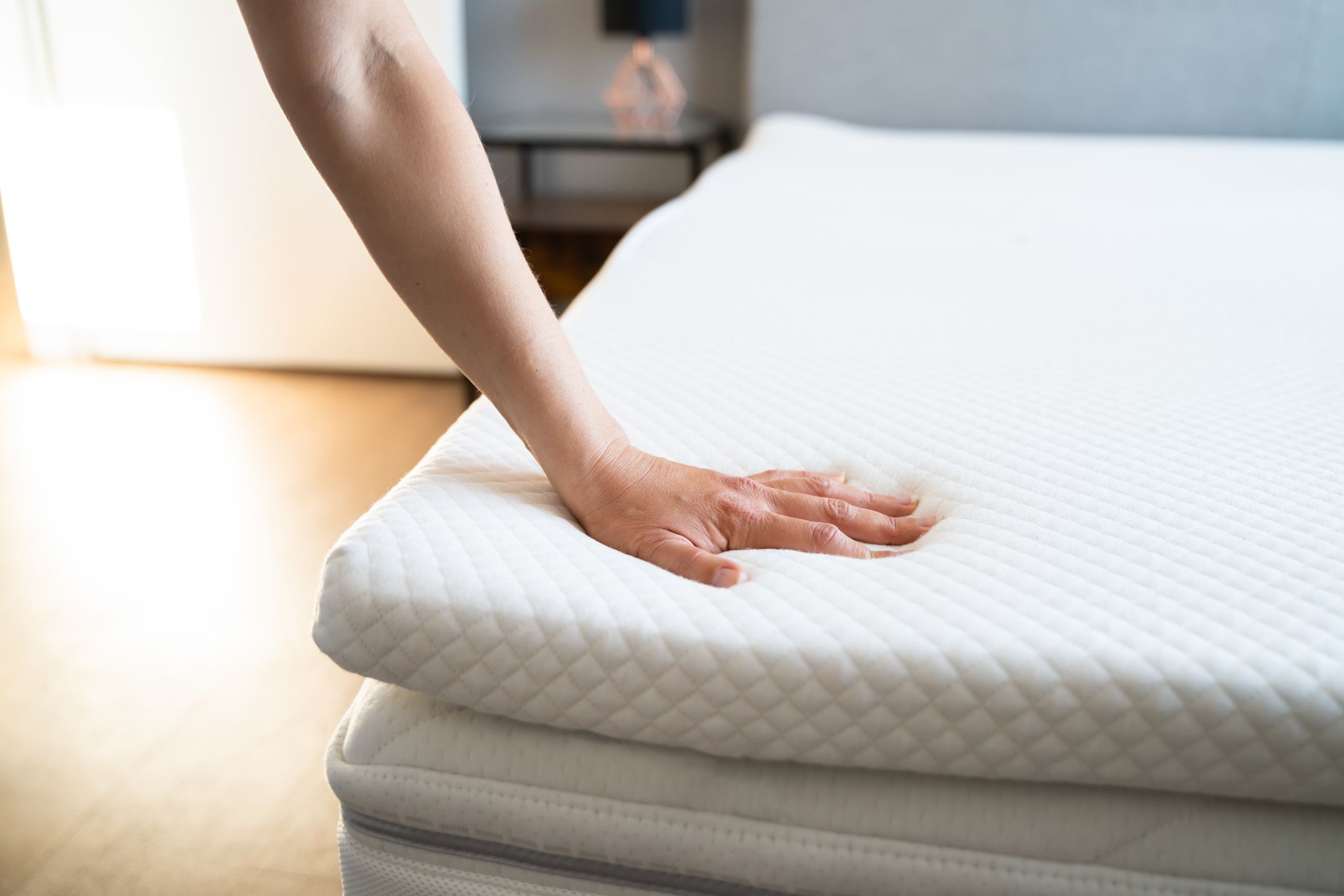
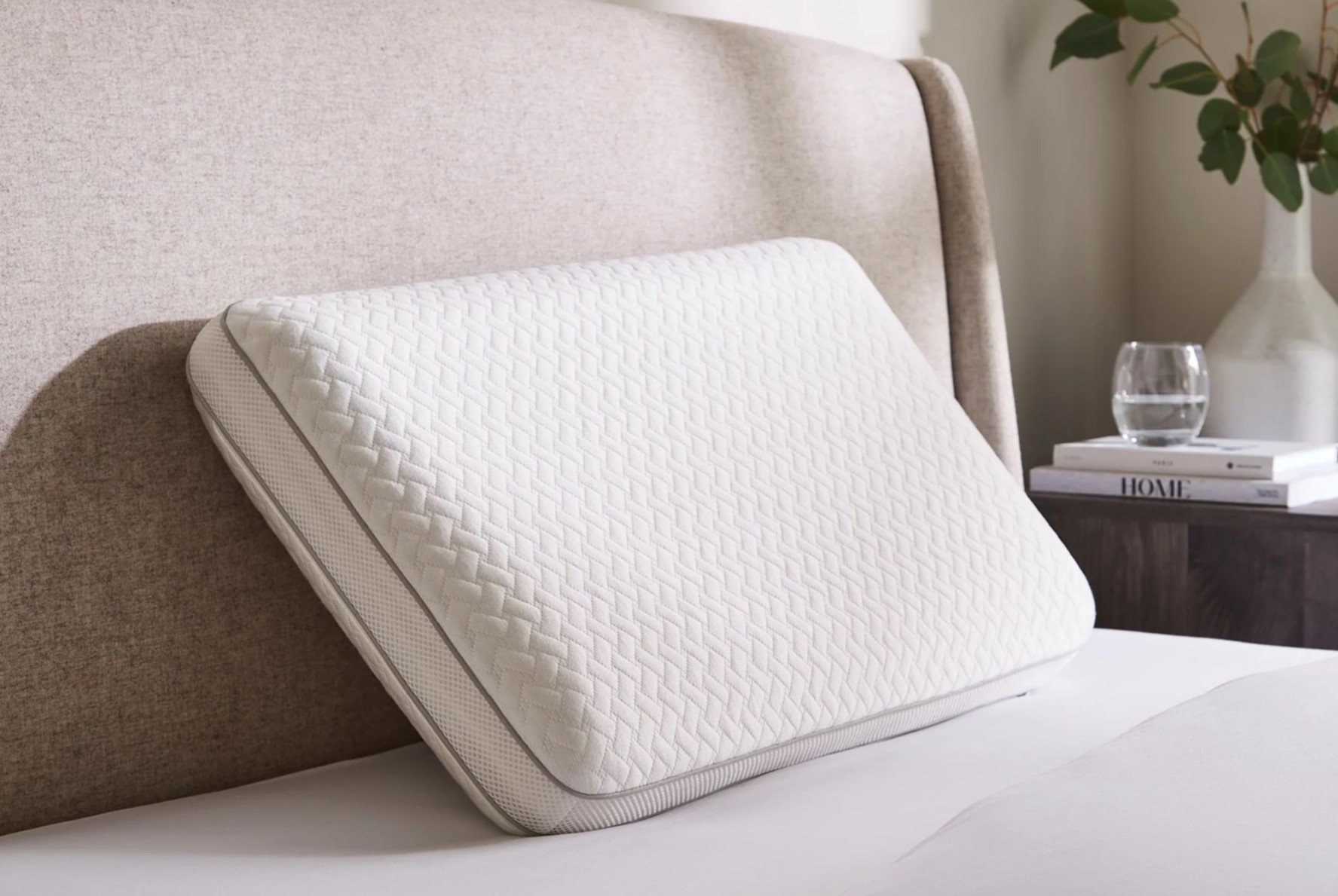
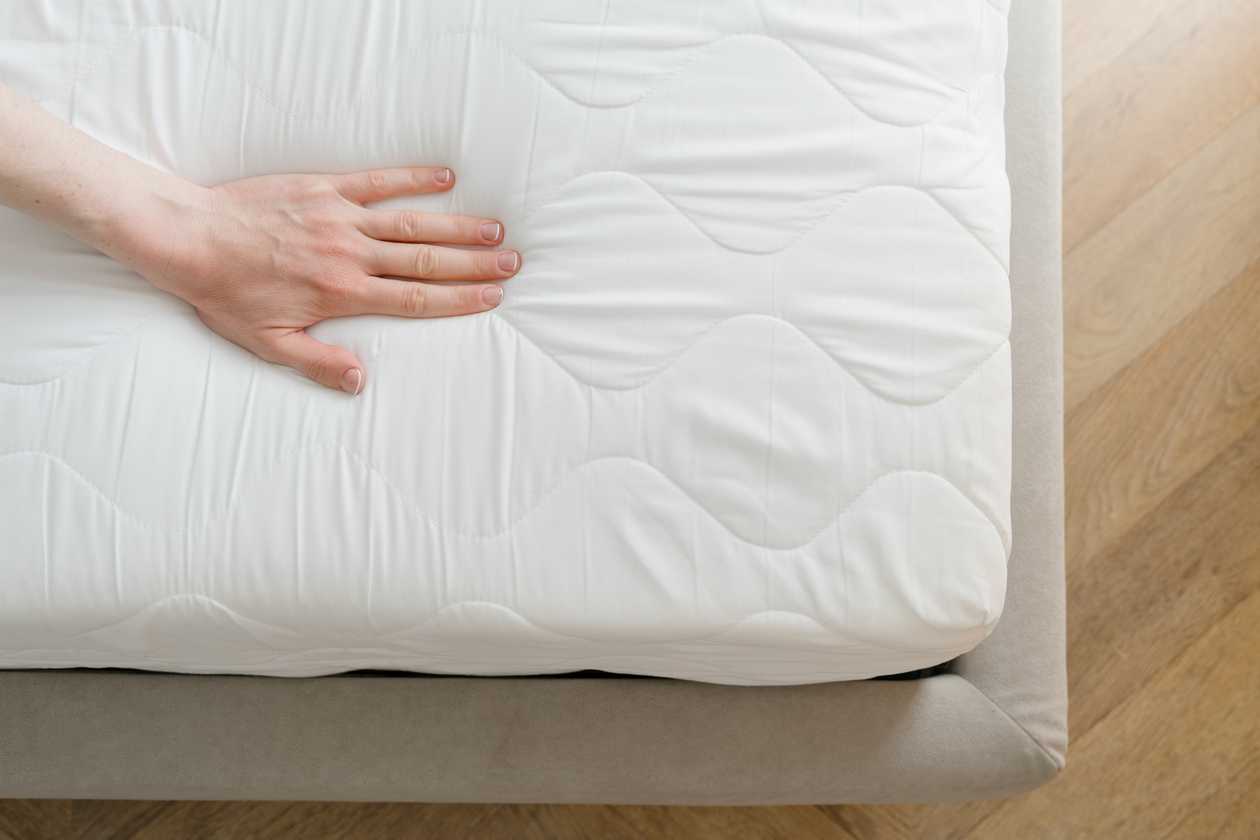

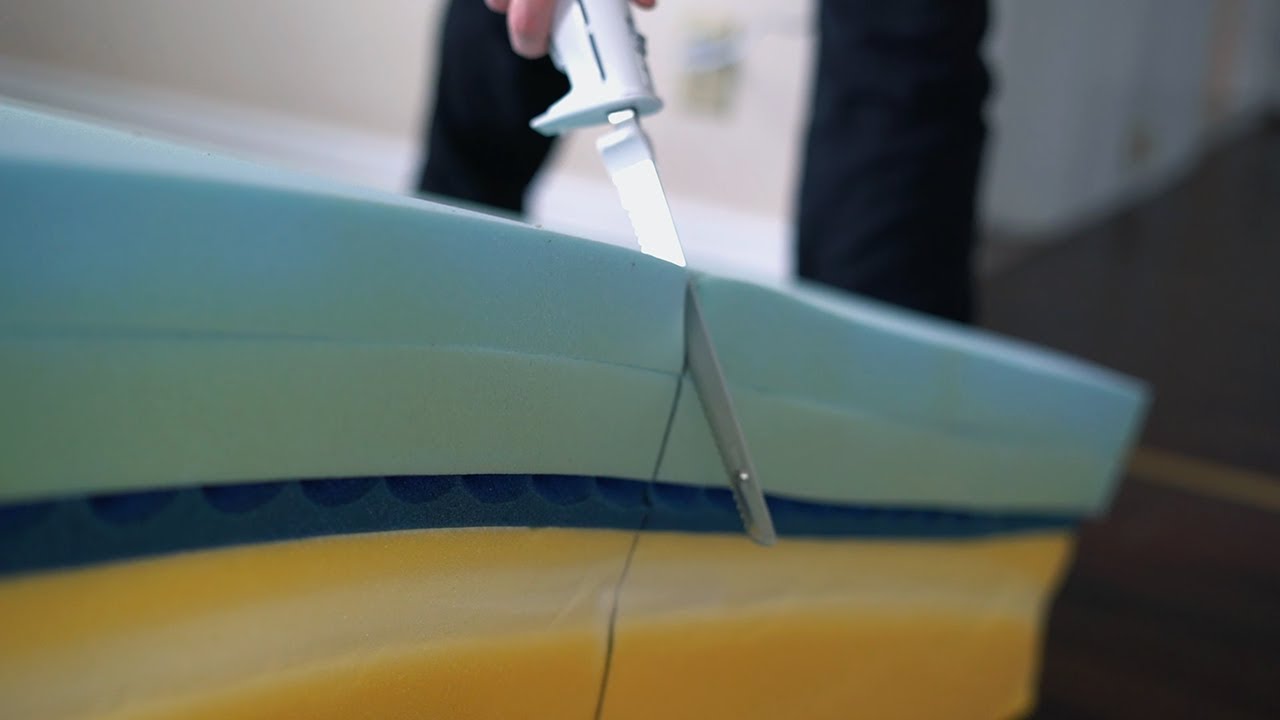
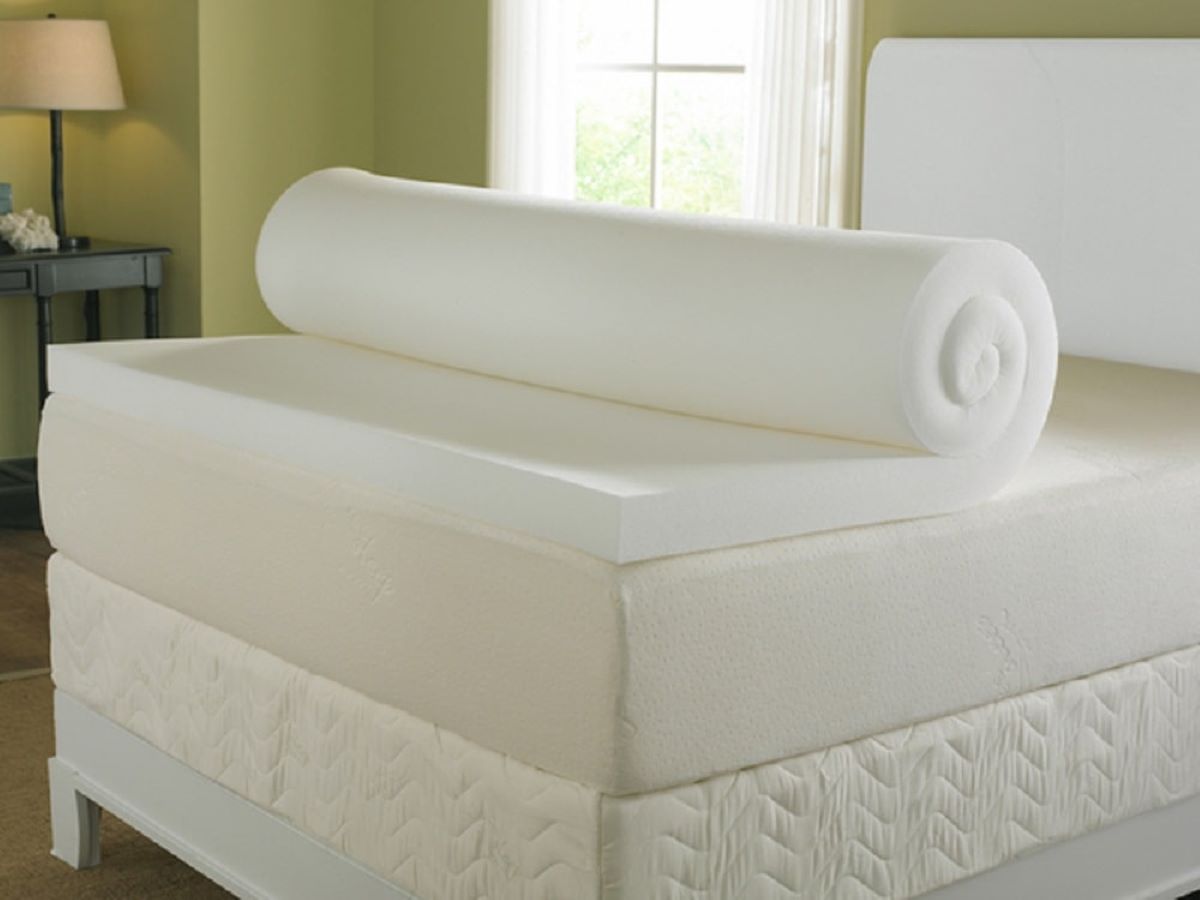
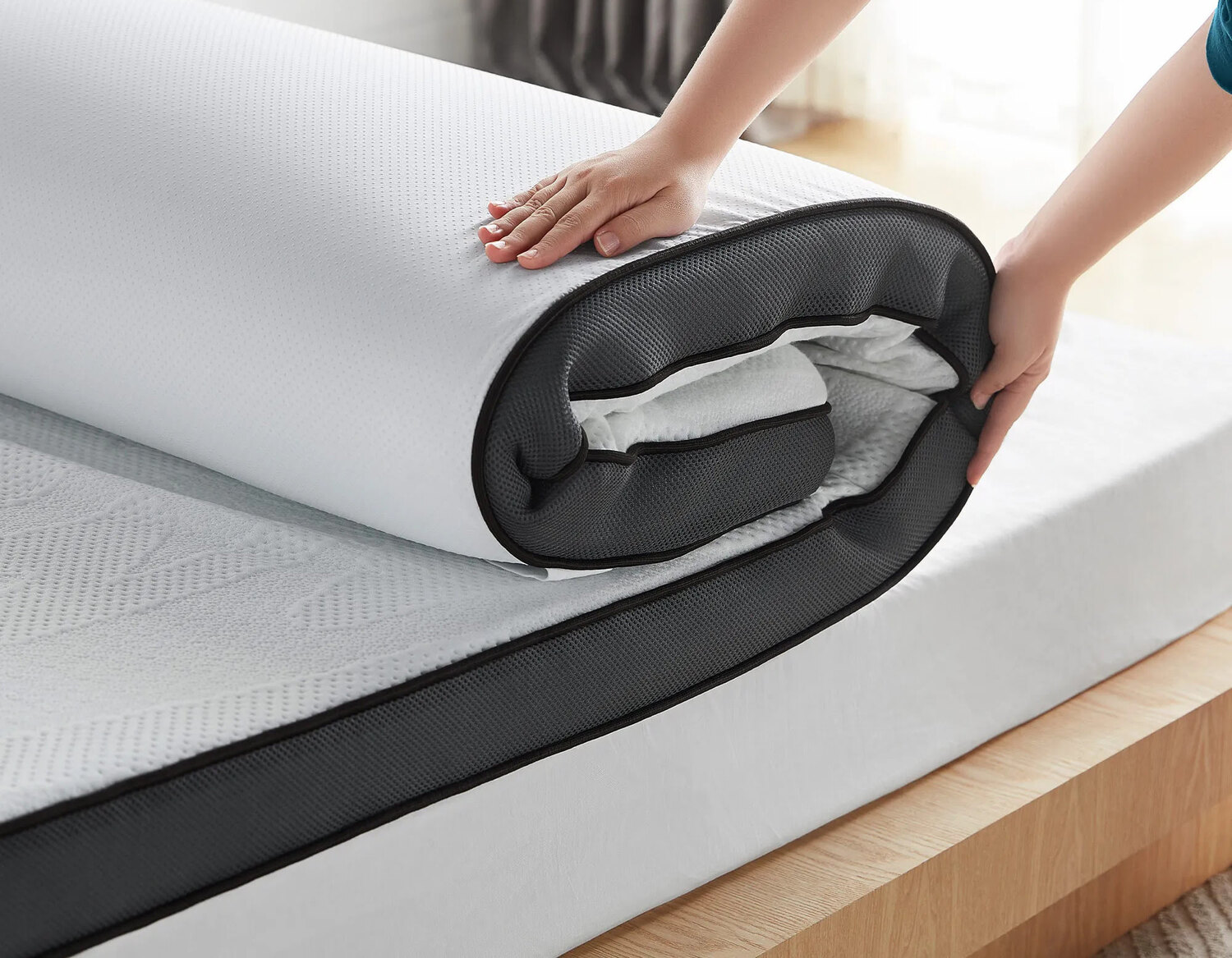
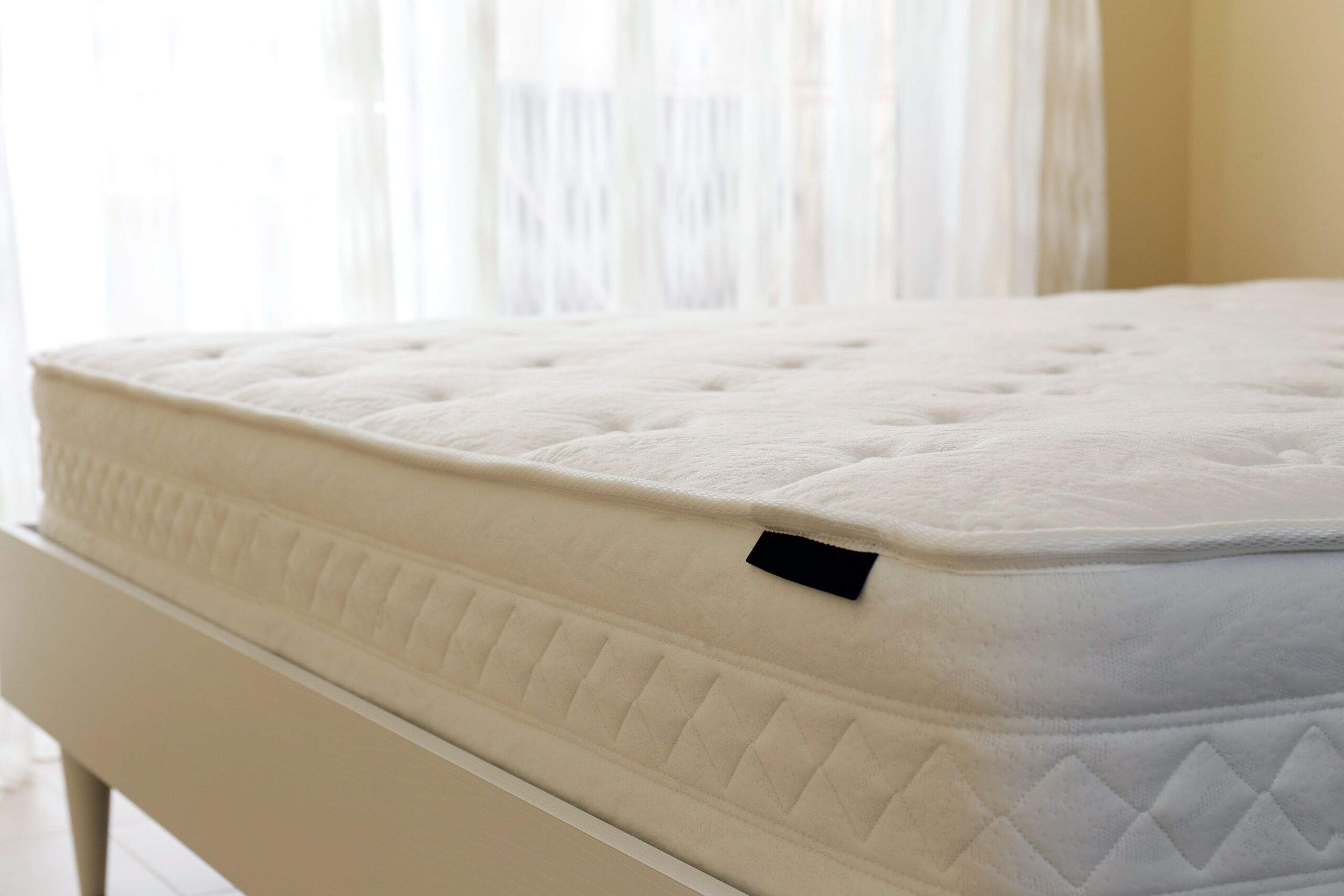
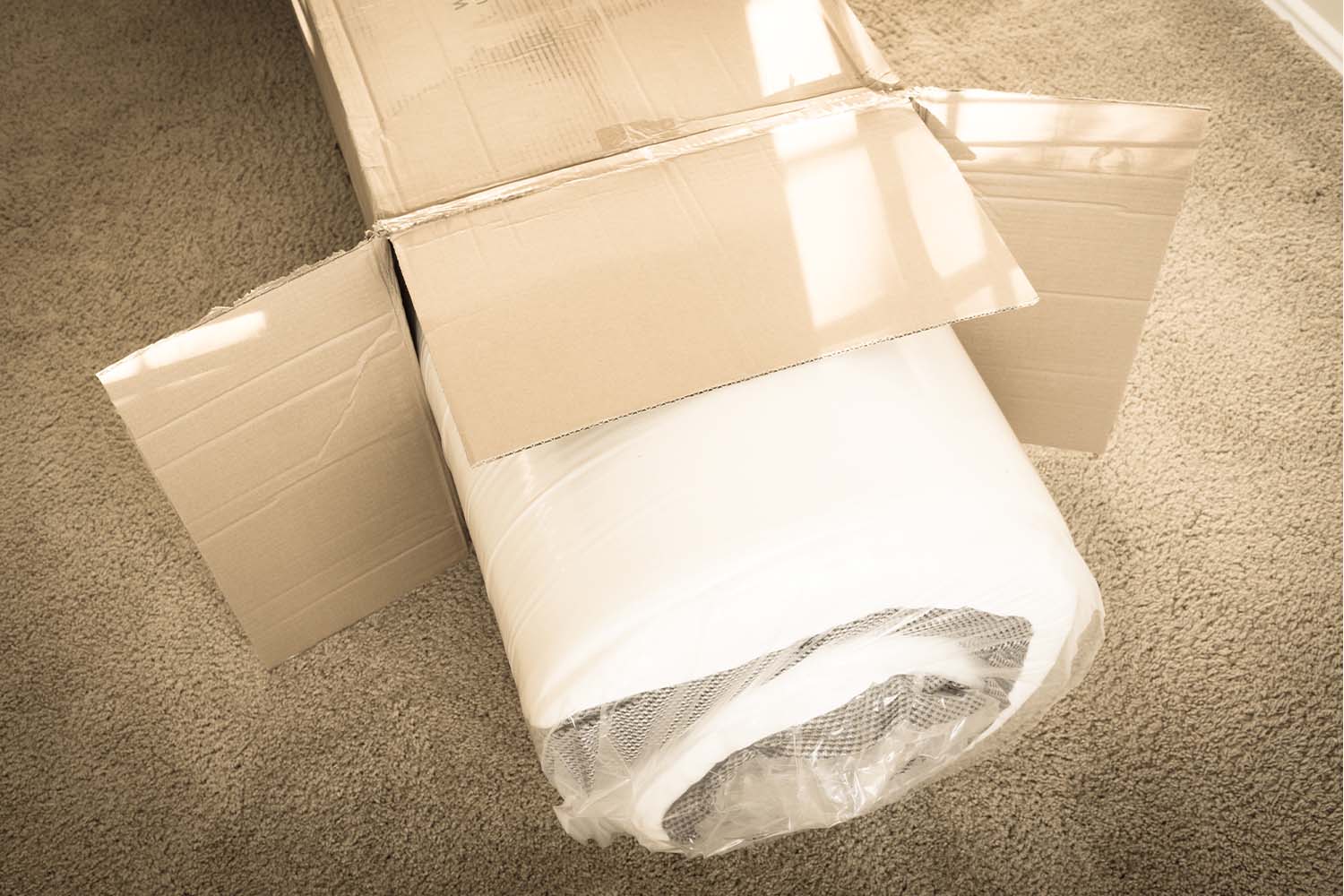
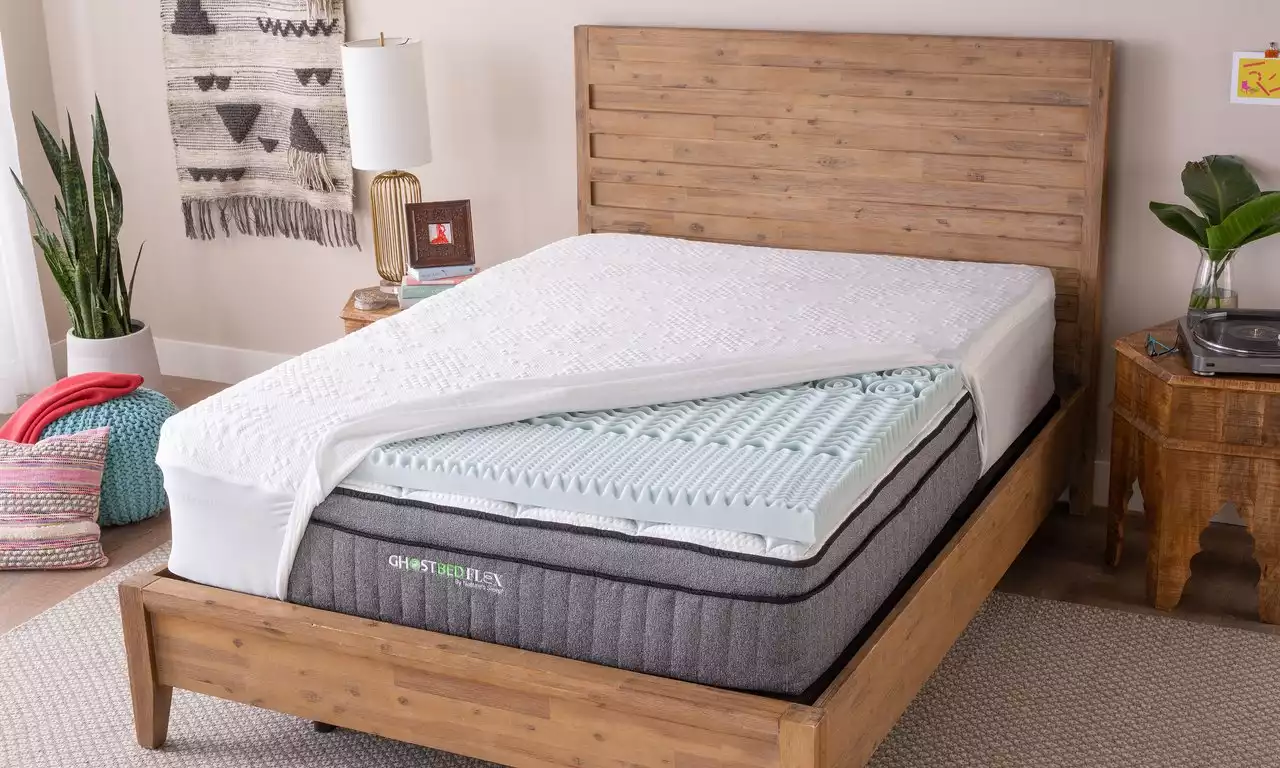

0 thoughts on “How Long Does A Memory Foam Mattress Topper Last”